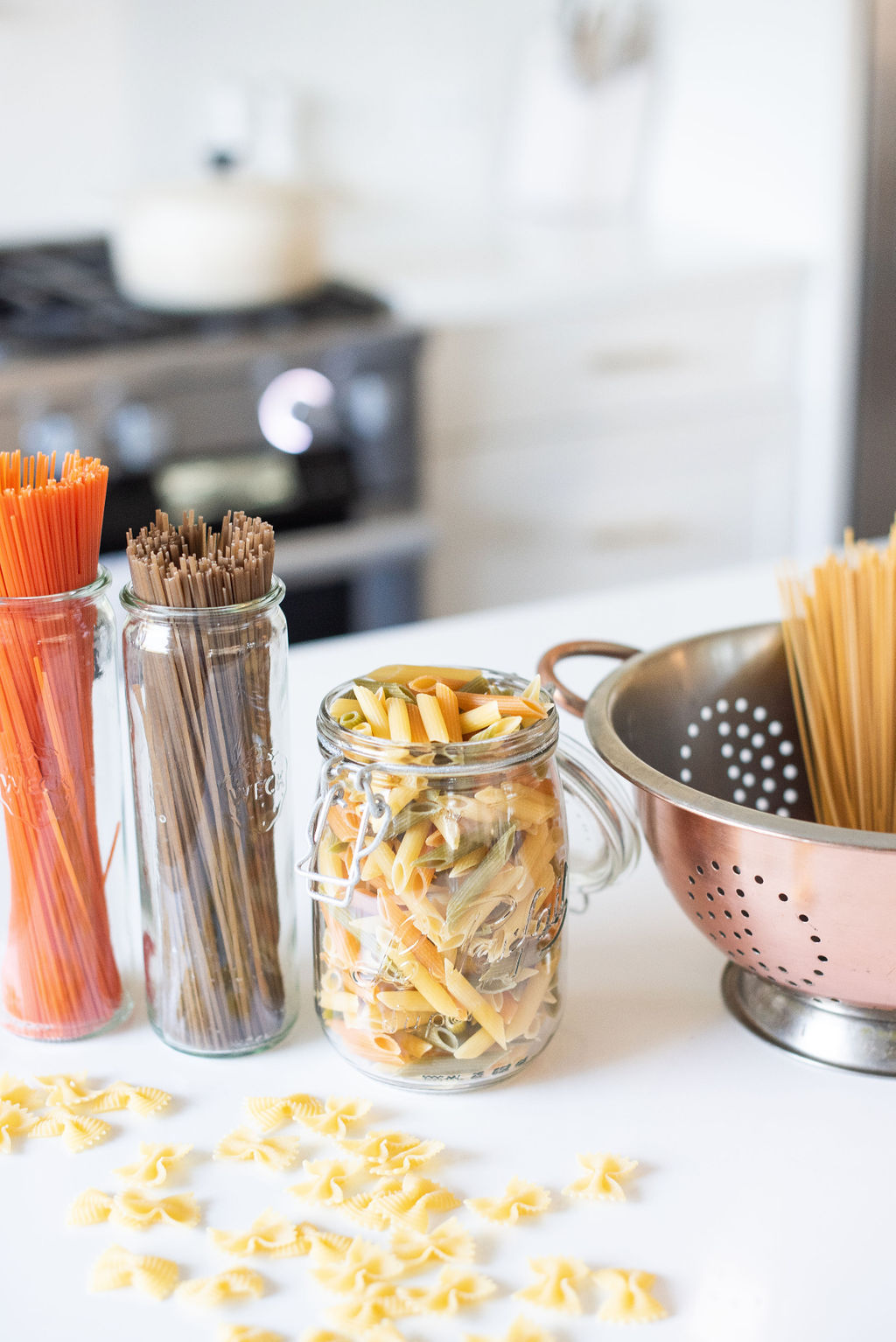Buckwheat Buttermilk Pancake (Gluten-Free)


Pasta is a beloved weeknight staple for many families all over the world, including mine! It’s quick and versatile, and my kids love it. Gone are the days when alternative pastas would cook up into a mushy mess. Today’s gluten-free pastas are made with superfoods like chickpeas, quinoa, and buckwheat; they’re packed with nutrition, and their texture and flavour really hold up well. There are so many options to choose from, making superfood pastas an easy mealtime alternative.
My kids love the mild flavour and the texture is very similar to traditional pastas. It is also packed with protein, fibre, iron, and B vitamins. Chickpea pasta holds up well when cooked, and can easily reach that perfect ‘al dente’ texture.
Similar to chickpea pasta, however, the flavour is a bit more pronounced depending on the brand. Sometimes ground lentils are combined with chickpeas to create one pasta product that has a milder flavour. Lentil pastas provide much of the benefits of lentils, including high protein content, fibre, and a variety of nutrients like iron, magnesium, and folate.
It is also a good choice for those on an elimination diet, or a severely restricted diet, because it is free of allergens. It is high in fibre and a good option for younger children who have yet to be introduced to legumes. The flavour is mild and the texture holds up very well.
And because quinoa is a seed, rather than a grain, it scores low on the glycemic scale. Unlike traditional pastas, which can cause blood sugar levels to rise quickly, quinoa helps stabilize blood sugar and keep you feeling fuller for longer.
It is commonly served cold, and thanks to its mellow flavour it pairs well with Asian ingredients like miso broth, sesame, green onions, and bok choy. Soba noodles also work well in stirfrys. Buckwheat is a seed from the carrot family, and is lower in carbohydrates than traditional noodles. It is full of micronutrients like potassium, phosphorous, and magnesium.
Even though it is not gluten-free, it is typically better tolerated than more modern forms of wheat. Spelt has a nutty and slightly sweet flavour, and can be sprouted to further increase nutritional content and make it easier to digest. Spelt pasta is high in fibre, helping to promote bowel regularity, and lower cholesterol and blood pressure.
When we think about pasta, we often think about a carbohydrate-loaded meal that will leave us feeling heavy and full; but thanks to today’s superfood pastas, we can enjoy all the flavour and texture of a traditional pasta meal while also reaping the many benefits of superfoods, including high protein, lots of fibre, and a wide variety of nutrients.
xo, Karlene